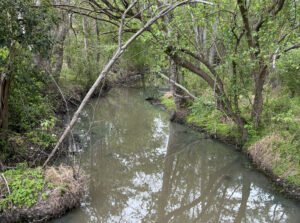News
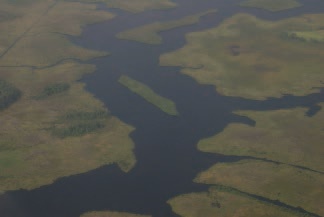

By Forrest English
The Albemarle-Pamlico estuary is the second largest estuarine complex in the lower 48 states. It also holds another interesting distinction as the largest lagoonal estuary in the world, due to the ecosystem created by the Outer Banks. The Tar-Pamlico River is one of 6 major rivers that flow into this estuary; an estuary of vast ecological and economic resources. About 90% of the United States’ recreational fisheries catch and 75% of its commercial catch spend time in estuaries, such as the Pamlico River estuary, all of which fuel a billion- dollar recreational and commercial fishing economy.
However, all has not been well on the Pamlico River. In 1989 the Director of the North Carolina Division of Marine Fisheries declared the Pamlico River “commercially dead.” Community members held a funeral procession in downtown Washington. Dressed in black, concerned citizens were not there to mourn; they were there to send a message. Stated best by then PTRF executive director, Dave McNaught, “The river itself is not dead. If we act now we can breathe life back into the Pamlico.”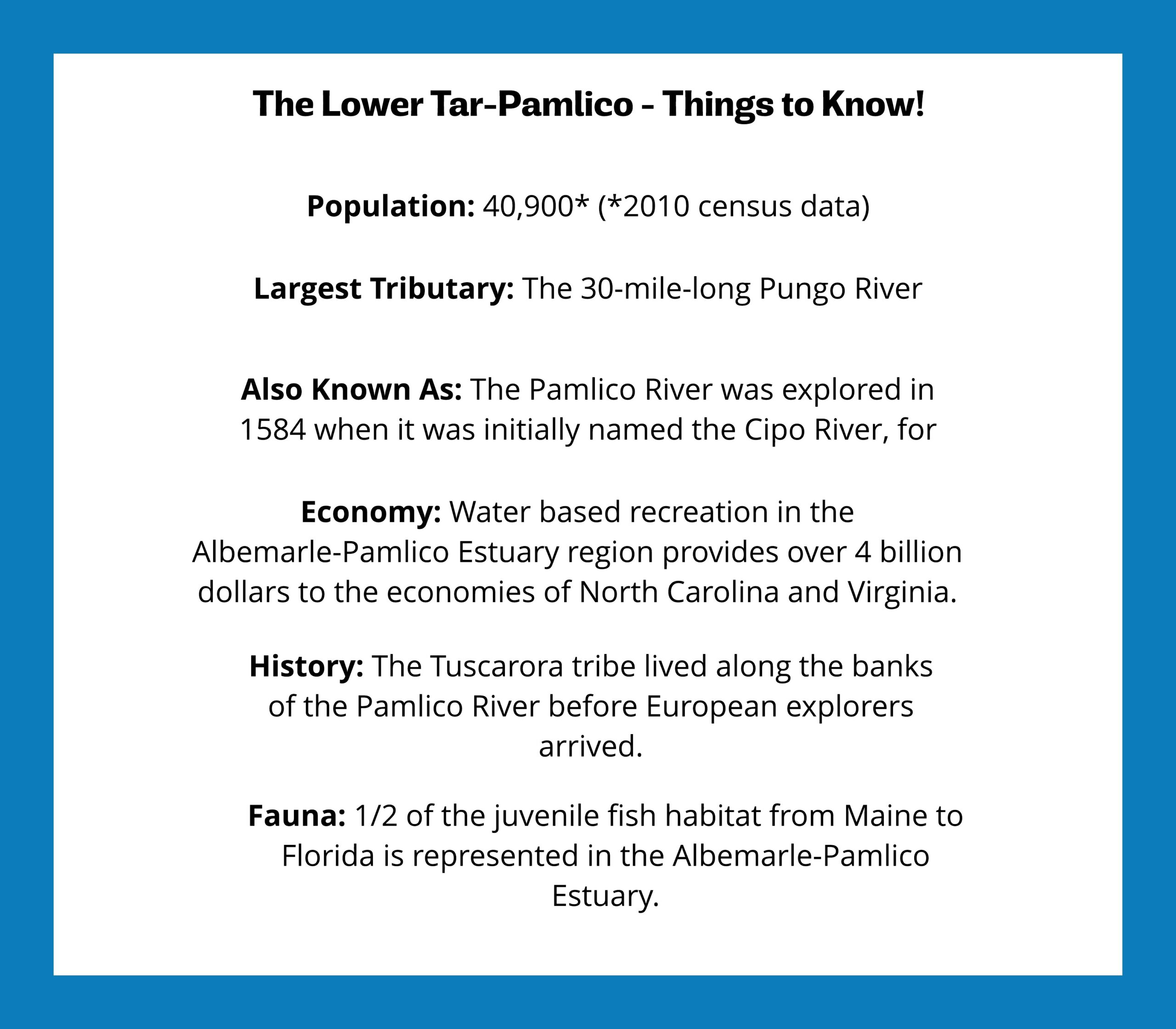
In the mid-1980’s, the recorded commercial catch in the river fell from 5 million pounds of crab and more than 1 million pounds of fin-fish to less than half that by 1988. Fish and crab kills greatly increased over the same time period. Fungal diseases that cause open sores, now common in Pamlico estuarine fish, were first reported by commercial fisherman in 1984.
Since that time, an array of environmental problems have occurred in the Pamlico estuary: algal blooms, dead water zones, loss of aquatic vegetation & habitat, fish kills, and crab & fish diseases. Human-induced stressors, such as nutrient pollution, play a significant role in the frequency and amounts of algal blooms, fish kills, as well as the presence of open sores on fish.
The Pamlico River estuary has improved from the days described as “commercially dead.” That is partially due to the nutrient management measures put in place in the 1990’s and early 2000’s to aid in improving water quality and the fisheries environment. Such improvements are the direct result from these measures, but we still have a long way to go.
The Lower Tar-Pamlico River flows through our communities, providing drinking water to the towns of Tarboro and Greenville, and is heavily used for fishing and recreation in the region. This section of the River holds a special place in people’s hearts, and protecting it from the threats it faces is incredibly important to Sound Rivers. We advocate for the health of our rivers, so they remain the beautiful centerpieces of our region.
Related News
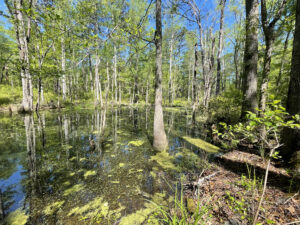
Tell NC to restore wetlands protections!
April 19th 2024
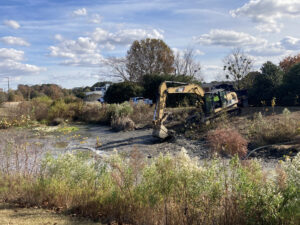
Position available: Stormwater Education Coordinator
April 18th 2024
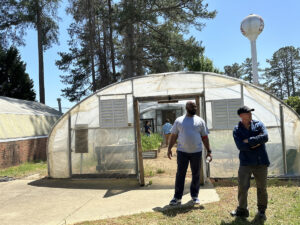
Southern Nash next in line for stormwater projects
April 18th 2024
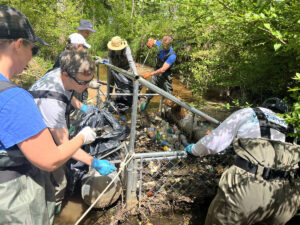
Xylem, Sound Rivers team up for cleanup
April 18th 2024
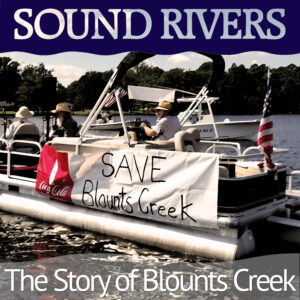
Sound Rivers launches new podcast
April 18th 2024
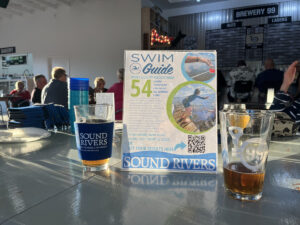
Swim Guide gearing up for a seventh season
April 11th 2024
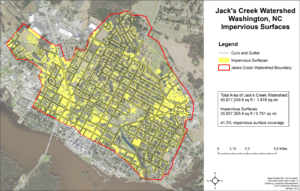
Feedback needed for Jack’s Creek plans, projects
April 11th 2024

Pamlico-Tar Riverkeeper talks water quality
April 11th 2024
